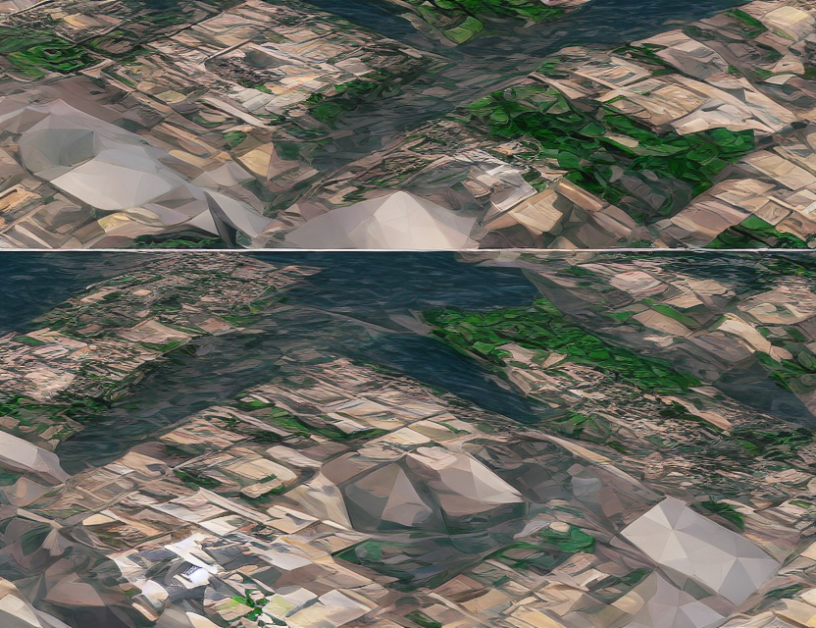In this article, we delve into the realm of stylization and aesthetic improvement in the context of text-to-image synthesis. The authors explore various approaches to enhance the quality of generated images, focusing on two main categories: guidance at the semantic stage and chaotic stage. They present several ablation studies and compare the performance of different methods, including diffusion models, GANs, and hybrid approaches.
Guidance at the Semantic Stage
The authors explain that providing guidance at the semantic stage helps refine the generated images by adding context to the model. This is done by modifying the input text with specific keywords or phrases that correspond to particular visual elements, such as objects or colors. The authors use techniques like repeat times and semantic search to improve the quality of the generated images.
Guidance at the Chaotic Stage
In contrast, guidance at the chaotic stage involves manipulating the model’s internal state to produce more diverse and creative outputs. This is achieved by applying various techniques, such as adding noise or using different random seeds, to the model’s parameters. The authors find that this approach can lead to higher-quality images but requires more computational resources and can be less controllable.
Ablation Studies
To evaluate their approaches, the authors conduct ablation studies comparing the performance of different methods. They demonstrate that combining guidance at both stages leads to the best results, outperforming single-stage approaches. They also show that using larger repeat times in the chaotic stage can improve image quality but may lead to over-smoothing.
Conclusion
In summary, this article explores the realm of stylization and aesthetic improvement in text-to-image synthesis. The authors present various approaches to enhance the quality of generated images, including guidance at the semantic and chaotic stages. They conduct ablation studies to evaluate their methods and demonstrate the importance of combining both stages for optimal results. By providing detailed explanations and engaging analogies, this article helps demystify complex concepts in the field of computer vision and make them accessible to a wider audience.



